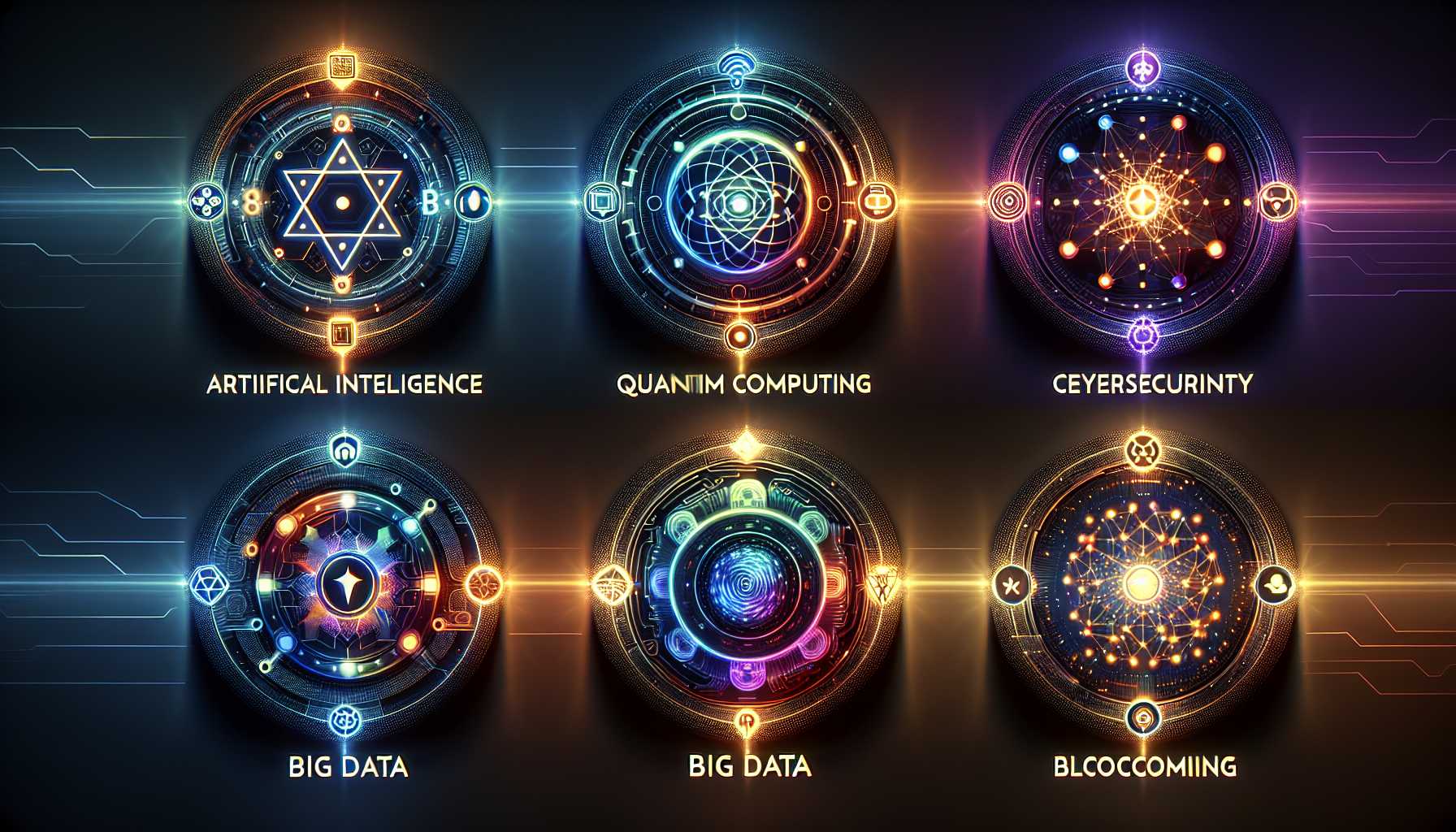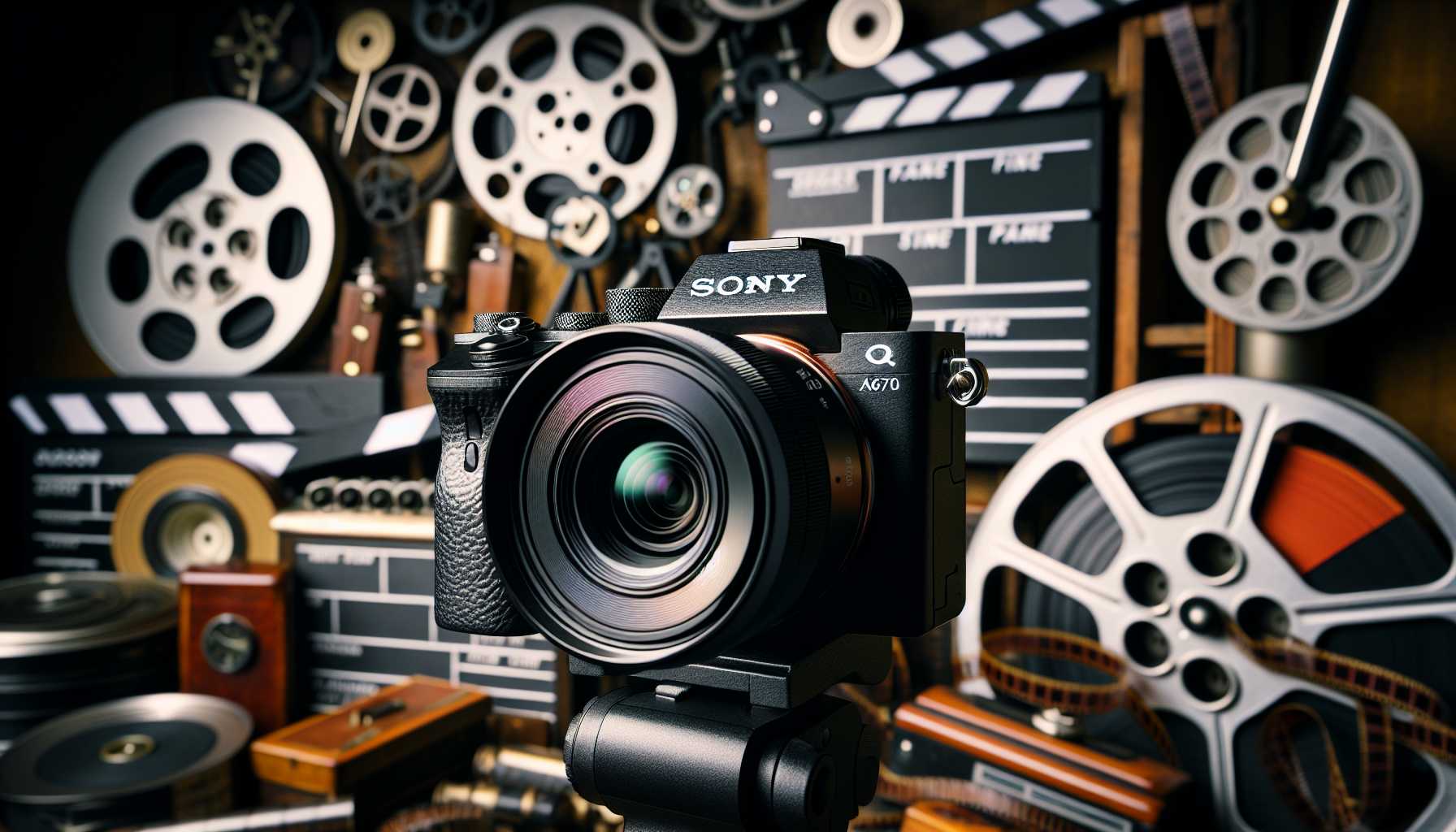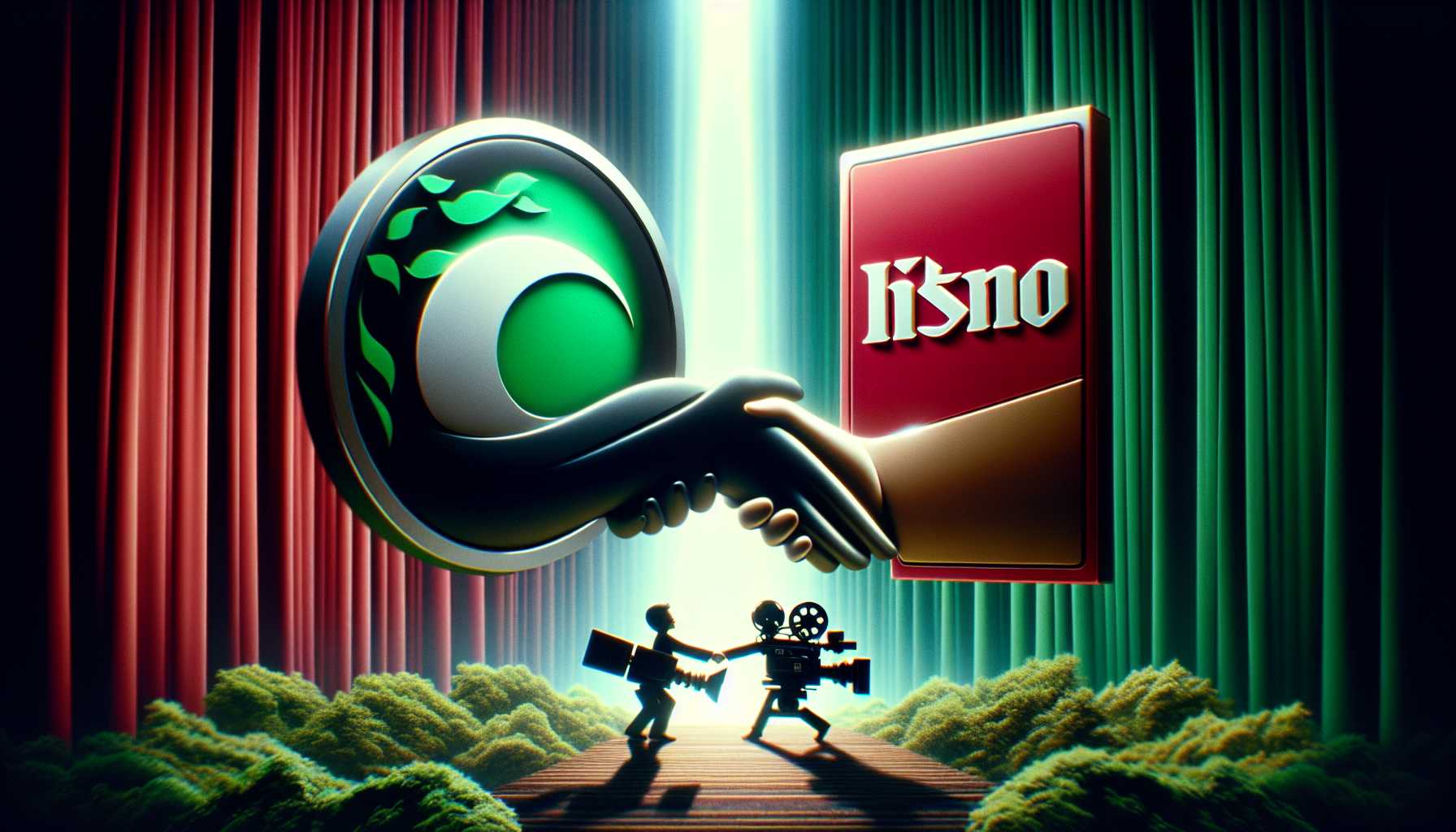The Cinematic Shake-Up: Nikon Purchases RED Digital Cinema
In a move as bold as the vibrant images captured by high-end cinema cameras, Nikon Corporation has struck a spectacular deal acquiring RED Digital Cinema—a pioneer in digital filmography. RED, the brainchild of Jim Jannard, who first dazzled us with Oakley Sunglasses, has been pushing the boundaries of digital movie making since 2005.
Let’s dig into the film reel of history for a moment. RED cameras were revolutionary, propelling digital beyond the 2K standard with their 4K prowess at a time when television and low-end movie productions were starving for high-quality, affordable digital cameras. Any tech aficionado remembers the ripple effect caused by the 2006 debut of the RED One. Suddenly, directors like Peter Jackson and Steven Soderbergh were turning digital skeptics into full-blown believers.
Nikon’s strategic move to make RED a wholly owned subsidiary isn’t just another corporate transaction—it’s a cinematic leap. The rich heritage of Nikon’s optical excellence is about to dance with RED’s digital disruption. It’s a partnership that has every camera enthusiast on the edge of their theater seat. But what truly thrills me, as a tech investor, is the potential innovation infusion RED will receive from Nikon’s deep coffers. This acquisition is like watching a much-anticipated film sequel—you know the first was good, but you have this tingling feeling the next one will blow minds with its tech wizardry.
Dazzling Returns Among the Magnificent Seven Tech Giants
Stepping into the limelight are seven tech companies—the “Magnificent Seven” of the tech world comprising Apple, Microsoft, Amazon, Nvidia, Tesla, Alphabet, and Meta Platforms. Their performance? A standing ovation-worthy 112.7% average return in 2023, handily prancing around the S&P 500’s modest 24% step-up. But as the spotlight shifts, a tinge of drama unfolds in 2024. Tesla and Apple stocks have experienced a tumble, and investors are reminded that even tech titans can have a dance with volatility.
Investor intrigue now orbits around Alphabet and Meta Platforms, hailed as the front-row seats to financial growth this month. Alphabet, the proud parent of Google, steps forward with advancements in AI that could even rival the lore of Microsoft’s $10 billion adventure with ChatGPT. Alphabet’s Gemini chatbot is throwing down the gauntlet, outperforming GPT-4 models and integrating into the business fabric of internet ad crafting and Google Workspace productivity. Meta Platforms, on the other side of the tech stage, is painting its narrative with triumphant brush strokes—a staggering 194% stock rise in 2023 post-cost cut choreography, advocating AI’s magic in ad personalization and business interactions. With initiatives like the open-source LLM Llama, Meta’s sprint toward AI dominance is backed by a fresh partnership with Nvidia’s GPU prowess.
We’re witnessing a financial performance from these tech giants that’s riveting enough to be written into the annals of Silicon Valley history.
Rooster Teeth Goes Quiet: The Sunset of a Digital Media Pioneer
When pioneers fall, the echo is heard across the digital valleys. Rooster Teeth, once a beacon of internet entertainment and trailblazer in digital media, is dimming its beams. After two eventful decades climaxing into an impactful rebrand, it’s startling to see the curtains closing on this role model of indie creativity.
Rooster Teeth’s blueprint animated a generation, from machinimas like “Red vs. Blue” to laying down the aspirations for online content creators worldwide. But if there’s one takeaway for the tech world, amidst this solemn valediction, it’s the mercurial nature of digital success. No one is immune to the evolving consumer behavior, the algorithmic winds, and the monetization storms. Rooster Teeth’s legacy will continue to inspire, but as a warning light—it illuminates the necessity for adaptability and vigilance in the digital space.
Sony’s A6700: The Prodigal Son Returns
Sony’s A6000 series whispers a comeback tale with the A6700—an APS-C mirrorless camera worth tweeting about. Sony has brewed up quite the concoction here, melding features that address confounding rolling shutter woes while emboldening video capabilities reminiscent of the celebrated FX30 cinema camera.
As a tech enthusiast, I’m invigorated to witness what I see as Sony’s redemption—a dance back into the prosumer’s heart. Yet, it’s not all roses and confetti for the A6700. Amidst praise for reduced rolling shutter and raw video formats, it plays a catch-up game in burst speeds when side-stepped with Canon’s EOS R7 and Fujifilm’s X-T5. Sony’s concentrated on a robust autofocus narrative that’s critical for the everyday shutterbug, yet there’s an epilogue of compromise in performance for high-speed action capture. Still, it stands as a solid testament to Sony’s dedication to camera innovation.
Nikon’s RED Acquisition: A Full Frame of Possibilities
As the reel rolls to the end, Nikon’s acquisition of RED is a narrative twist no one saw coming. This plot thickens with Nikon reimagining its role in the imaging industry, integrating RED’s cinematic pedigree into its optical dynasty. From the embers of squabbles over patent infringement to uniting under a vision of expansion, Nikon and RED’s storyline is at a cliffhanger that has movie makers gripping their director’s chairs.
The palpable anticipation of what visual sorcery this alliance will conjure, positions Nikon’s move not as a mere chapter but potentially a genre-defining saga. Rooster Teeth’s melancholic bow-out, Sony’s applauded sequel, and the Magnificent Seven’s box office triumphs form a mosaic of the ever-unpredictable tech industry drama. Layers of innovation, shifts in strategy, and the raw human element that dances through each tale. In tech, as in film, the narrative is eternally under construction, with each player seeking the next scene that will captivate and inspire the audience of consumers and creators alike





